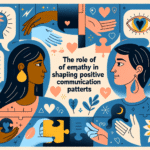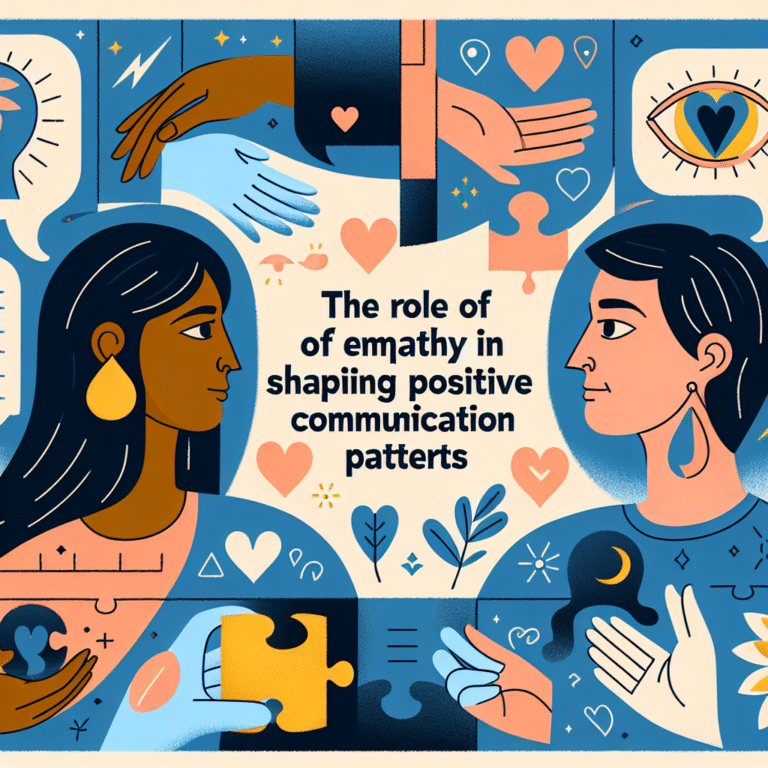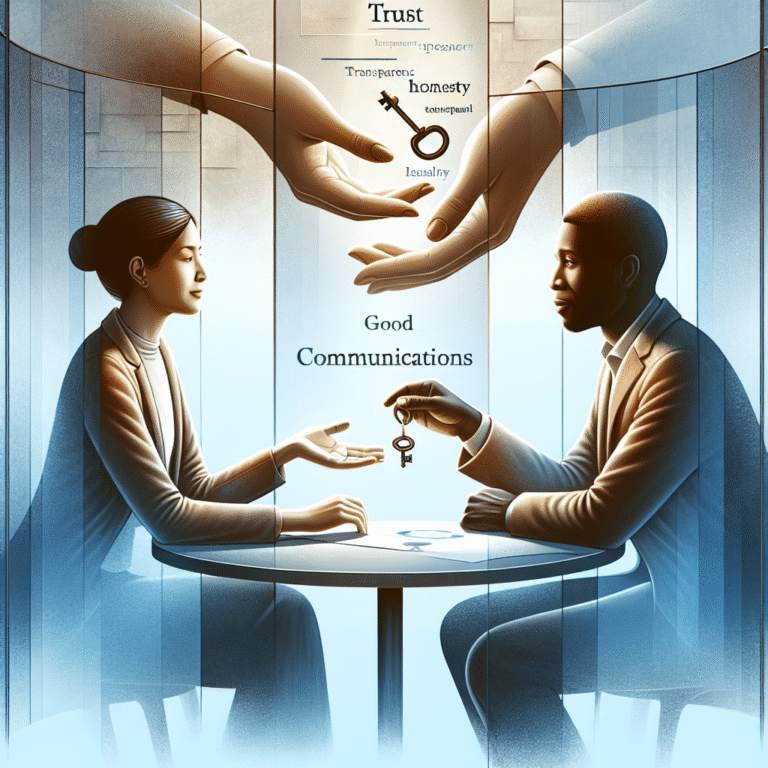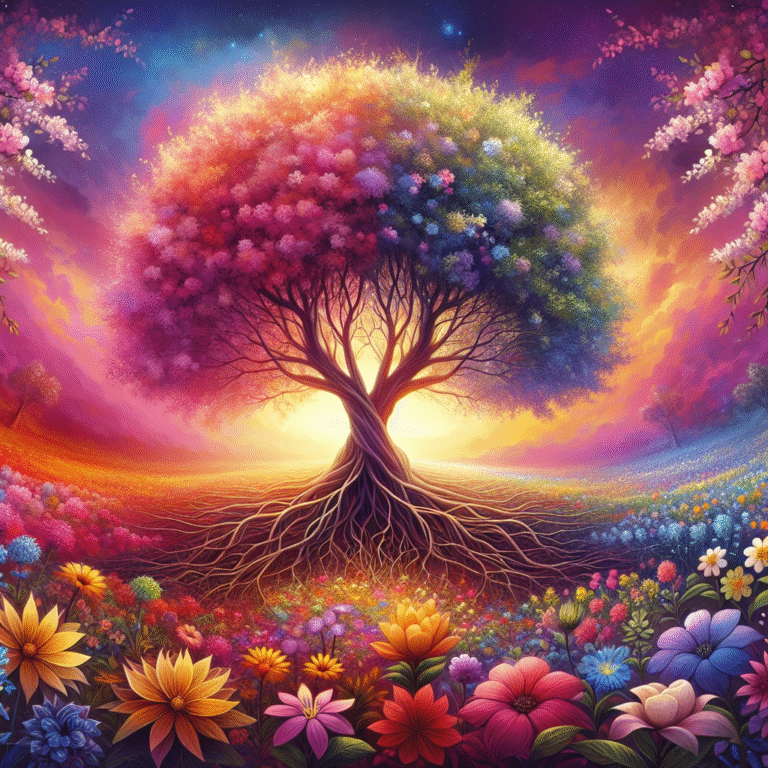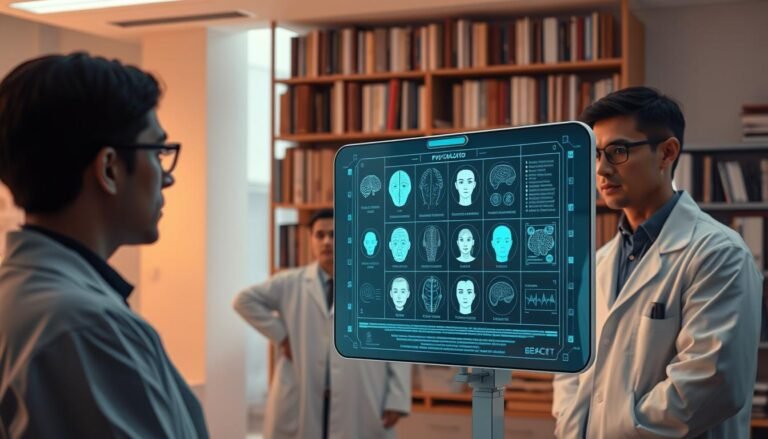
Introduction
In a world where our every interaction, from the mundane to the intimate, is increasingly digital, understanding attraction has evolved into a profound quest. Whether it’s swiping right on a dating app or experiencing your first FaceTime conversation, the dynamics of desire are in constant flux. Attraction in the Age of Social Media: How Digital Encounters Shape Desire highlights a critical understanding of modern relationships. This exploration reveals how platforms profoundly influence our perceptions of attraction, intimacy, and even identity.
Drawing from numerous studies, personal accounts, and contemporary trends, we will uncover how digital encounters are reshaping what we find desirable, ultimately transforming the landscape of attraction.
The Evolution of Attraction in the Digital Realm
A Shift in Paradigms
Before the advent of social media, attraction primarily flourished through direct human interactions. Eye contact, physical touch, and spontaneous conversations served as the foundation for romantic connections. In stark contrast, today’s digital landscape introduces layers of complexity. Social media platforms provide a vast canvas for self-expression but can often lead to confusion regarding authenticity and desirability.
Influencing Factors in Digital Encounters
Visual Appeal: Platforms like Instagram and Snapchat thrive on visually-driven content, which exaggerates the importance of physical appearance in attraction. The aesthetics of a profile often dictate first impressions, impacting deeper levels of desire.
Curated Identities: Users can shape their online personas meticulously, presenting a version of themselves they wish to project. This can lead to a false sense of connection, where attraction is based more on imagery than genuine chemistry.
- Instant Accessibility: The digital world allows for immediate connectivity. However, this can dilute the emotional weight that usually comes with slow build-up in traditional interactions.
Case Study: Tinder and the Swipe Culture
How Swiping Transformed Dating Dynamics
Tinder revolutionized modern dating by quantifying attraction into a simple swipe. This app serves as an exemplary case study in understanding Attraction in the Age of Social Media: How Digital Encounters Shape Desire.
Key Findings:
- Surface-Level Judgments: Research published in Psychological Science indicated that Tinder users often rely on physical attractiveness as a primary factor for connection, with little room for personality assessment initially.
- Parametric Matchmaking: Users curate preferences based on superficial criteria, raising questions about long-term relationship viability as initial attraction does not often translate into deeper emotional connections.
Analysis
The swipe culture embodies instant gratification but can lead to what some experts term "choice overload." The sheer volume of options can create a paradox, making it harder to form meaningful connections, ultimately altering our understanding of desire and attraction.
The Role of Social Media in Shaping Modern Relationships
Historical Context
From the introduction of online chat rooms in the late ’90s to today’s advanced matchmaking algorithms, social media has been a constant disruptor in the pursuit of attraction. Familiarity through virtual interaction often precedes physical meetings, reshaping the traditional ‘getting to know you’ phase.
The Science of Digital Chemistry
Did you know that social media can significantly impact our neurochemical responses? Studies show that dopamine, the pleasure chemical, can be triggered through notifications and messages, creating a cycle of anticipation and excitement tied to attraction.
Case Study: The Facebook Effect
Facebook, the giant of social networking, not only connects us with friends but also serves as a platform for romantic entries. Recent research indicates that individuals often report increased attraction towards someone they have a shared social circle with, underscoring the importance of familiarity in the Age of Social Media.
Key Takeaways:
- Forsaking Privacy: Many individuals willingly surrender privacy, curating extensive profiles ideal for attraction.
- Validation and Rejection: Likes and shares can become new forms of validation or rejection that influence self-esteem and attractiveness.
Analysis
This shift shows how Attraction in the Age of Social Media: How Digital Encounters Shape Desire incorporates social validation as a dimension of attraction, encouraging deeper considerations of emotional and relational dynamics.
Dissecting Desire: Mutual Interactions and Social Media Impact
The Dynamic Duo of Digital Chemistry
Digital encounters often facilitate emotional connections through shared experiences. The ability for couples to interact frequently over messaging can enhance attraction and emotional closeness. Video calls have also emerged, allowing physical cues that were once lost through text-only conversations.
Positive Impact of Communication
- Building Trust: Regular digital communication can establish trust, later translating to more profound physical attraction.
- Enhanced Relationships: Couples today share their daily lives through posts, allowing them to bond over shared interests and narratives, enriching the relational dynamics.
Gender Differences in Digital Attraction
Navigating Expectations
Research indicates that men and women may use social media differently in the context of attraction. Males often exhibit more eagerness for physical validation, while females might focus on emotional nuances.
Encouraging Engagement
- For Men: Posting attractive photos can lead to more engagement and matches.
- For Women: Sharing life stories or interests can enhance emotional appeal, driving more meaningful exchanges.
Analysis
Such gender discrepancies enhance our understanding of Attraction in the Age of Social Media: How Digital Encounters Shape Desire. Men and women navigate these platforms differently, which can cultivate distinct dynamics in dating.
The Dark Side of Digital Attraction
The Influence of Comparison
While social media provides an avenue for potential connections, it can also foster a breeding ground for jealousy and comparison. Visual content can lead individuals to perpetually compare their lives—affecting their self-image and desirability.
The Impact of Unrealistic Expectations
Social media often portrays an unrealistic standard that can create feelings of inadequacy. The curated realities of others can contribute to anxiety and distress regarding one’s attractiveness.
Confronting Digital Discontent
Social media can lead to digital disconnection, where deeper emotional engagement is replaced by surface-level interactions. It highlights the need for awareness in how we engage with these platforms.
Conclusion
As we continue to navigate the complexities of attraction in a digitally-driven world, it is paramount to recognize the influence of social media on our desires. Attraction in the Age of Social Media: How Digital Encounters Shape Desire is a multifaceted terrain that requires awareness, emotional intelligence, and understanding of our digital interactions.
Understanding the nuances of attraction in this era can lead to actionable insights on fostering deeper connections, embracing authenticity, and building meaningful relationships amid the chaos of the digital landscape.
FAQs
1. How has social media changed the way we view attraction?
Social media intensifies visual appeal and can create curated identities, leading to a focus on surface-level attraction rather than deeper connections.
2. What role does authenticity play in digital attraction?
Authenticity builds trust and emotional connection, making it essential for meaningful relationships developed online.
3. Are there risks associated with dating on social media?
Yes, risks include potential misrepresentation, unrealistic expectations, and the impact of comparison and jealousy.
4. How can one maintain emotional health while navigating digital attraction?
Setting boundaries, limiting exposure to unrealistic portrayals, and focusing on genuine interactions can all help preserve emotional well-being.
5. Is it possible to form meaningful connections through social media?
Absolutely! With intentionality and effort, social media can be a powerful tool for building lasting, meaningful relationships.
In this examination of Attraction in the Age of Social Media: How Digital Encounters Shape Desire, we find not just a story of evolution, but also a call to engage mindfully with the platforms that shape our romantic landscapes. Embrace the potential of digital connections while remaining grounded and authentic, ensuring that desire evolves into lasting love.


